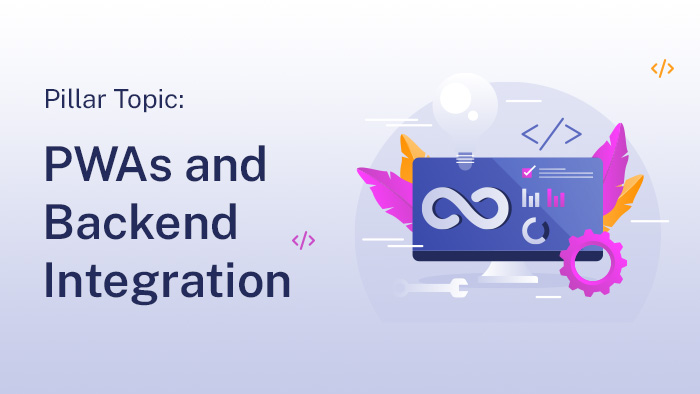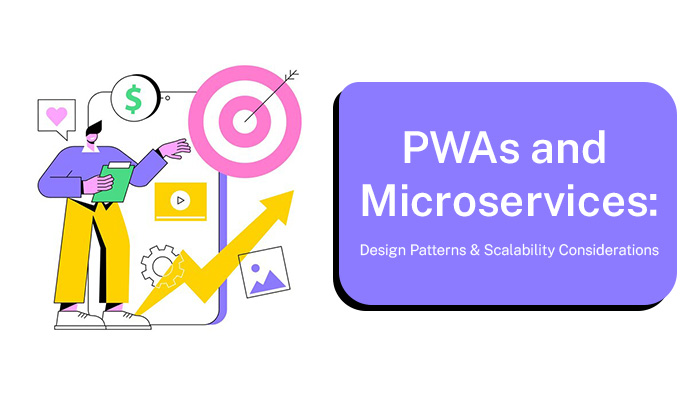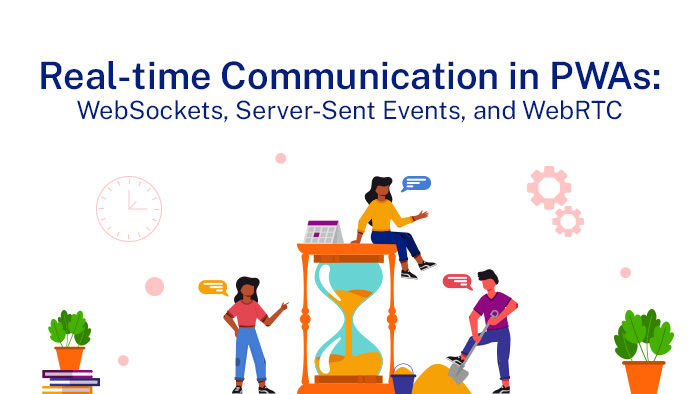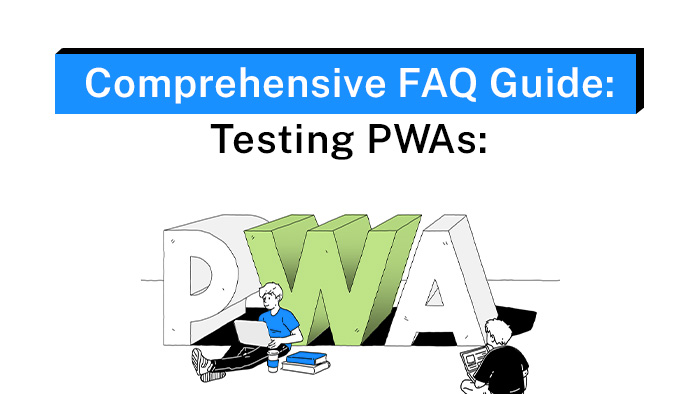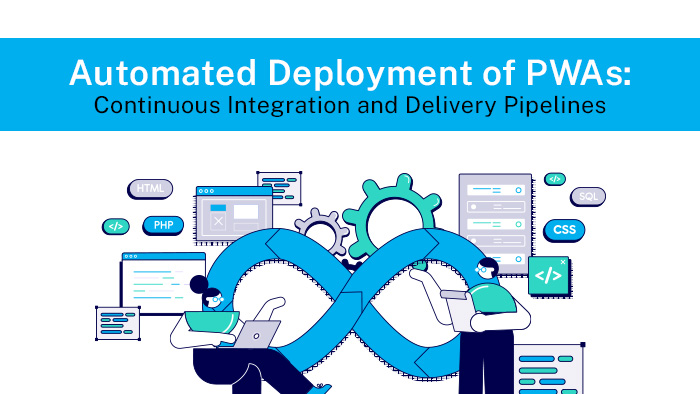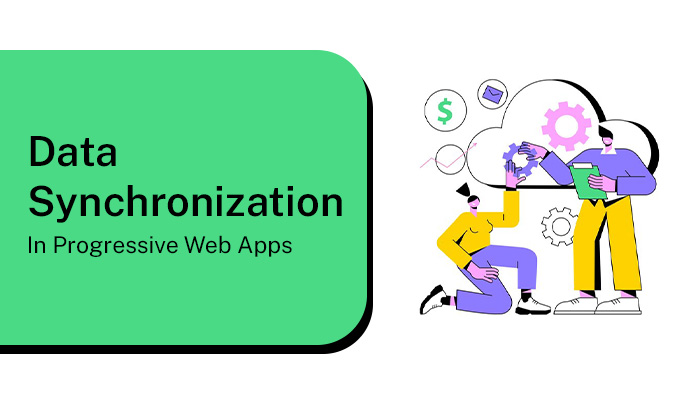
Data Synchronization in PWAs: Offline-First Strategies and Conflict Resolution
Data synchronization plays a crucial role in Progressive Web Applications (PWAs), ensuring that offline and online data remain consistent. With the increasing popularity of PWAs, understanding effective strategies for offline-first approaches and conflict resolution is imperative. This article explores the challenges faced in synchronizing data while offline, highlights the benefits of adopting an offline-first strategy, and delves into conflict resolution techniques. It also discusses selecting appropriate synchronization architectures, handling data conflicts, best practices for synchronization, balancing consistency with performance considerations, security concerns, and future trends in PWA data synchronization. Key Takeaways Offline-first strategies in PWAs enable enhanced user experience by enabling offline access and interaction. Conflict resolution mechanisms in PWAs include the ‘last write wins’ approach, merge approach, and user intervention for resolving discrepancies. Choosing the right data synchronization architecture involves considering real-time synchronization, offline-first strategies, bi-directional sync, and application requirements. Methods for ensuring reliable data consistency in PWAs include conflict resolution algorithms, data merge, ‘last write wins’ approach, manual conflict resolution, and automated conflict
